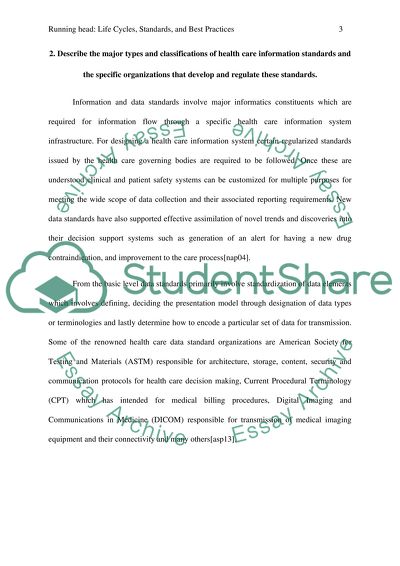Cite this document
(“: Life Cycles, Standards, and Best Practices Research Paper”, n.d.)
Retrieved from https://studentshare.org/information-technology/1478394--life-cycles-standards-and-best-practices
Retrieved from https://studentshare.org/information-technology/1478394--life-cycles-standards-and-best-practices
(: Life Cycles, Standards, and Best Practices Research Paper)
https://studentshare.org/information-technology/1478394--life-cycles-standards-and-best-practices.
https://studentshare.org/information-technology/1478394--life-cycles-standards-and-best-practices.
“: Life Cycles, Standards, and Best Practices Research Paper”, n.d. https://studentshare.org/information-technology/1478394--life-cycles-standards-and-best-practices.


